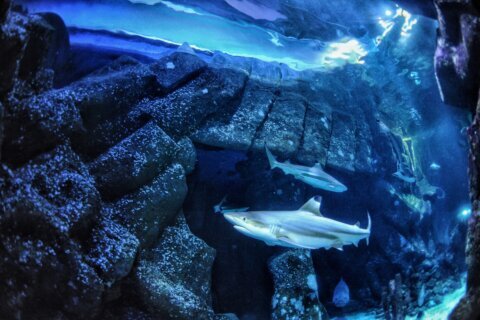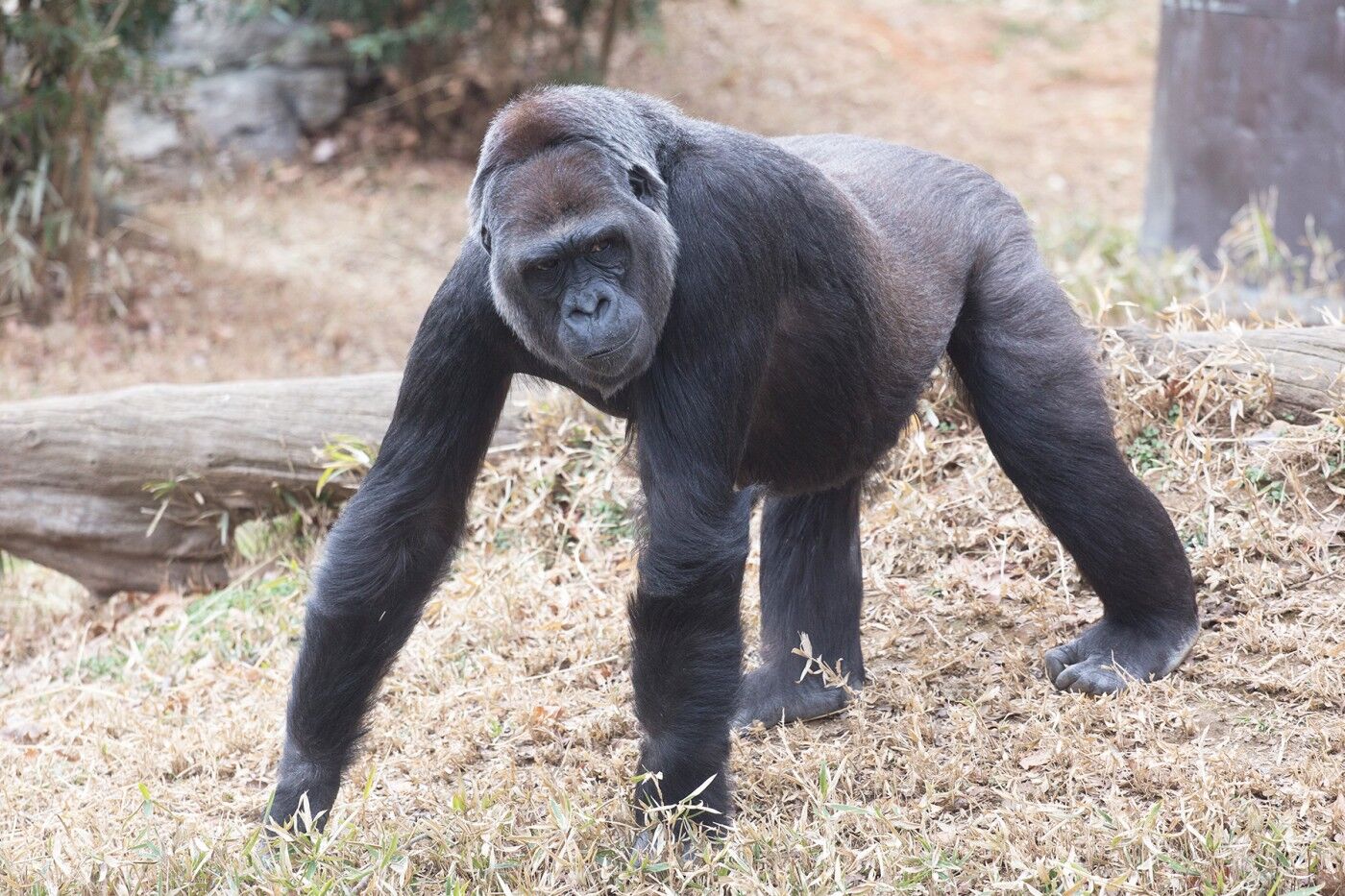
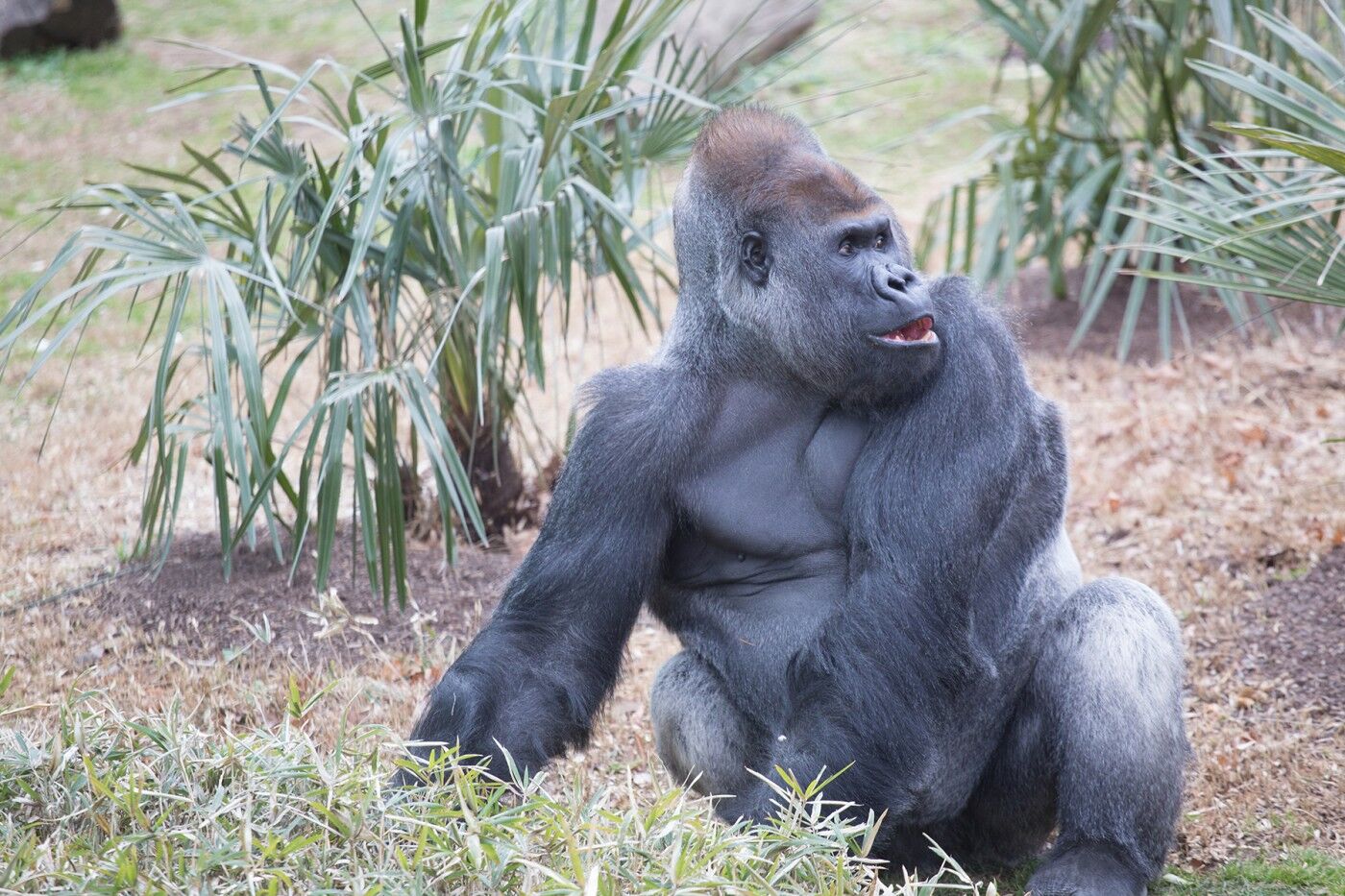
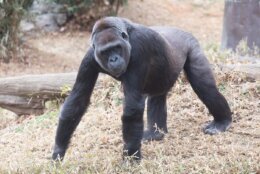
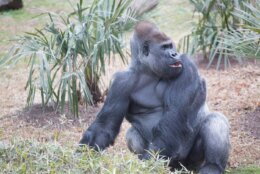
A female western lowland gorilla at the Smithsonian’s National Zoo in D.C. is pregnant with her second offspring.
Calaya, the 20-year-old gorilla, is expected to give birth between late May and early July, the zoo said in a news release. She and Baraka, a 30-year-old male silverback western lowland gorilla, bred last September.
Calaya, who came to the zoo in February 2015 from the Woodland Park Zoo in Seattle, gave birth to their first offspring — a male named Moke — in April 2018.
Western lowland gorillas like Calaya are critically endangered species, according to the International Union for Conservation of Nature, because of disease and poaching. They are found in the forests of six African countries — Angola, Cameroon, Central African Republic, Congo, Equatorial Guinea and Gabon.
The zoo said to make sure Calaya successfully conceived, the animal care staff used a common pregnancy test. As a result of her voluntary participation in the ultrasounds, the staff was able to watch the growth of her baby during pregnancy.
Zoo staff said they’re cautiously hopeful that Calaya will deliver a healthy baby.
“As we prepare to welcome a new western lowland gorilla to our troop, we hope this baby’s impending arrival inspires the public to care about these charismatic, intelligent and fascinating animals,” Becky Malinsky, curator of primates, said in a news release. “Every new birth contributes to the conservation of this species, as they are critically endangered in the wild.”
Calaya is described by zoo keepers as having a cautious and protective personality, while Baraka is relaxed and playful. The zoo said the keepers are looking forward to seeing how Moke reacts and interacts with his new sibling.


